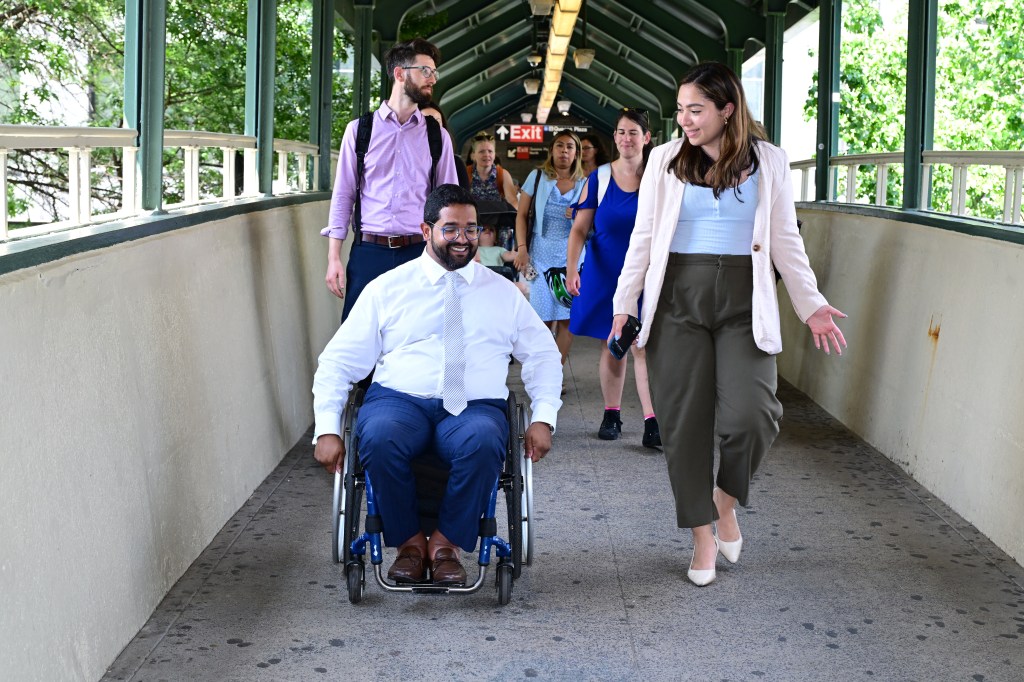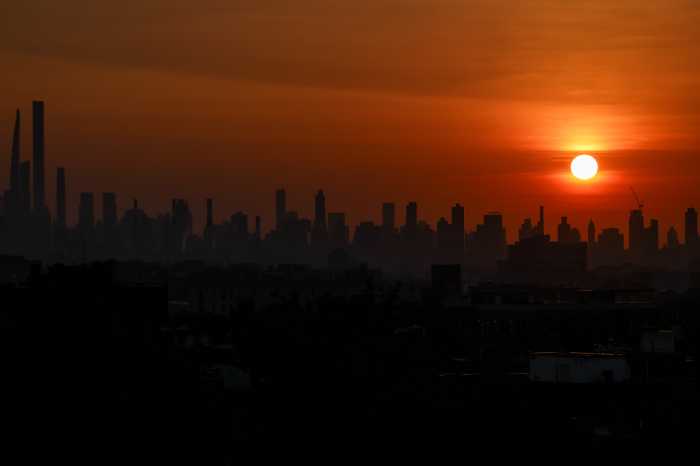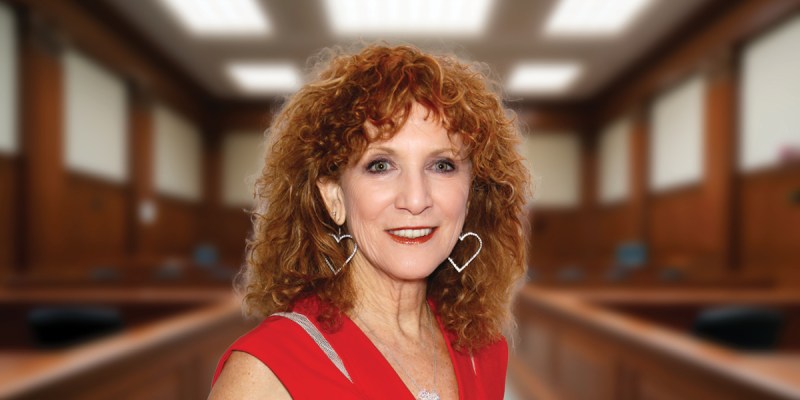Northeast Queens’ representative in City Hall is urging the administration to change the way it monitors helicopter noise and safety.
Councilman Paul Vallone, who represents areas including Bayside, Flushing and Whitestone, chaired a hearing on the issue on April 18.
The hearing was organized in the wake of the March 12 helicopter crash into the East River between the Upper East Side of Manhattan and Astoria, which left five passengers dead. The city has begun announcing responsive measures, including a written term agreement banning door-off helicopter tour flights from operating out of the Downtown Manhattan Heliport.
Still, Vallone, who also chairs the NYC Economic Development (EDC) Committee, is calling for more action. He urged the city to include aviation noise pollution in the city’s “Noise Code” as a means of regulation.
Vallone also recently proposed a resolution calling on the Federal Aviation Administration (FAA) to make changes to the North Shore Helicopter Route, which re-routed aircraft routes away from Long Island and over much of northeast Queens.
A number of local groups testified on the environmental and health-related effects helicopter traffic has on their everyday lives. Michael Gannon, president of the Douglas Manor Association, said Douglaston is one of the areas of Queens to “receive the brunt” of helicopter traffic.
“While the noise and disruption to our quality of life peaks on Friday and Sunday during the summer vacation time period, it remains a year-round problem,” Gannon said.
Joe Femenia, president of the College Point Civic and Taxpayers Association, echoed these concerns. Aircraft noise has impacted his neighborhood “for many years,” he said, and increases during the warmer months.
“Who do we bring to the table to tell the 8.5 million people of this city that they are safe?” Vallone said. “It’s clear after today’s hearing that the safety standards and operating procedures for any helicopter in New York City must be completely revisited, as well as a complete analysis of the economic impact the tourist helicopter industry has on our city.”
A recent EDC analysis determined that the sightseeing helicopter industry brings in approximately $2-3 million in revenue for the city, according to Vallone, who questioned whether the profit is worth the trade-offs.
The councilman indicated that legislation will be drafted to codify aviation noise into law.
“Now more than ever, we need to address helicopter safety, operational procedures, restrictions and what we can do in regard to charter flights,” Vallone said. “What exists today is clearly not working for the people of NYC.”






































